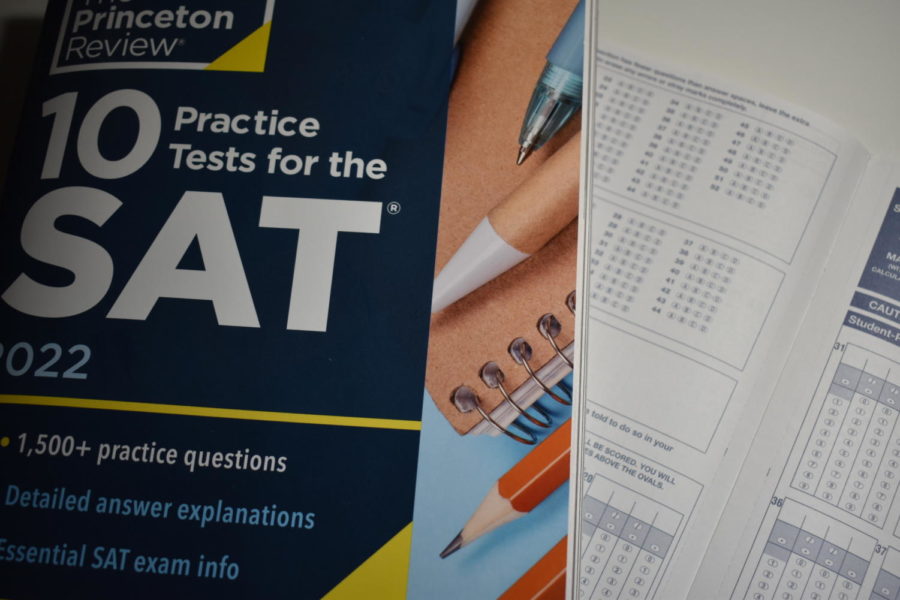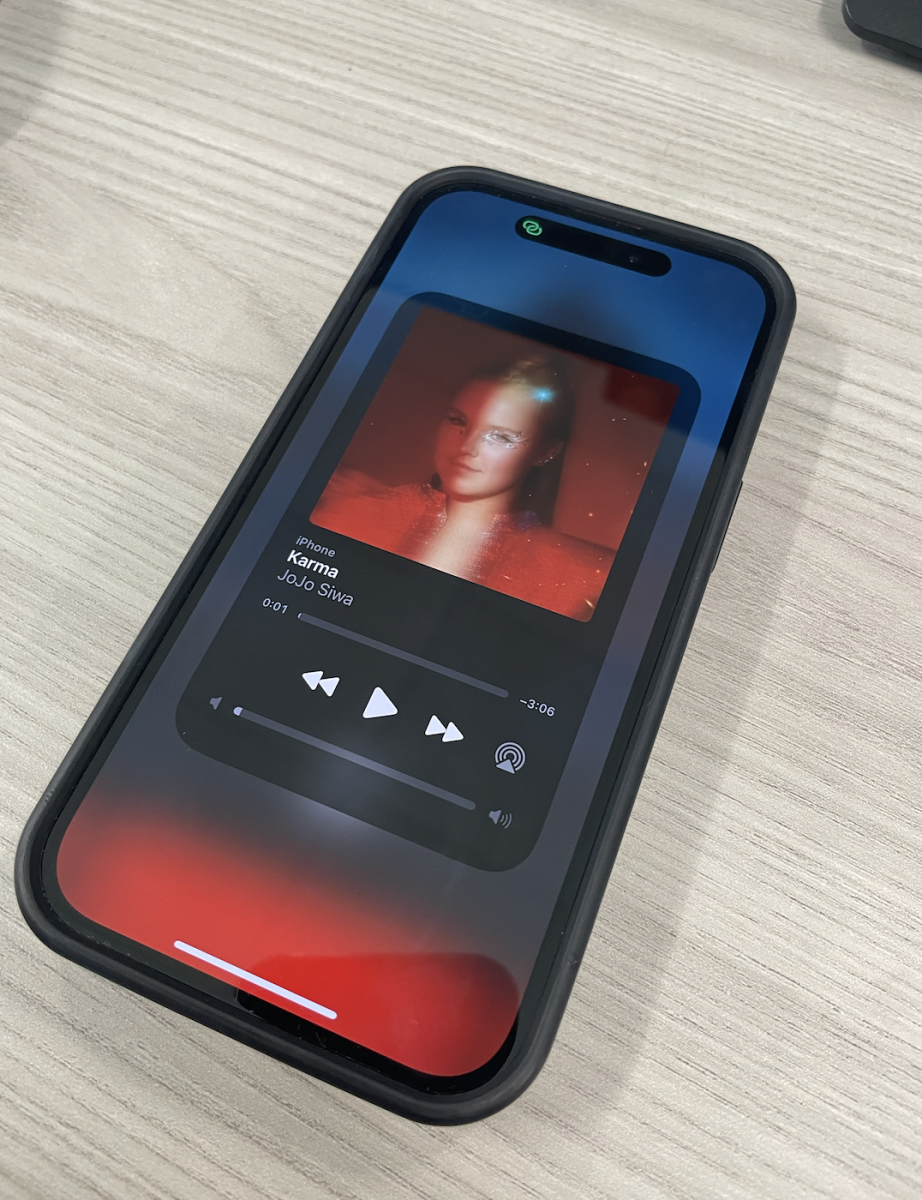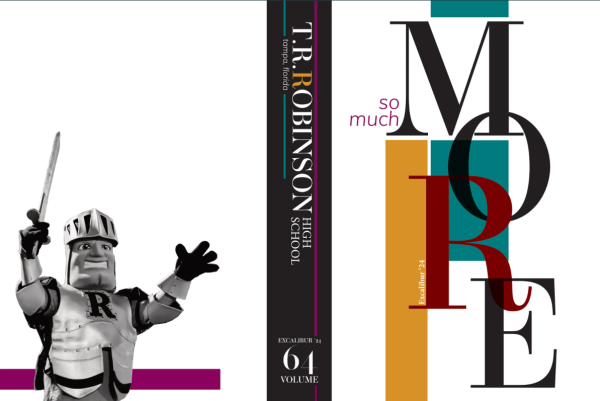ISSUE 3: Say Goodbye to Your No.2 Pencils
The SAT is about to undergo a massive change.
Photo Juno Le
An SAT practice handbook with a scantron sheet to simulate the standard paper tests for the real assessment.
February 25, 2022
The College Board announced several big changes to the Scholastic Assessment Test (SAT) on Tuesday, Jan. 25.
Although it will still be taken in person, the SAT is officially going digital starting in 2023 for international students and 2024 for students in the US. Students will be able to either use their own device or one that the testing center will offer them. Since testing will be online, scores will be available a lot quicker.
“[It] allows for more efficient testing to get the same assessment of the skills and knowledge,” said Priscilla Rodriguez, the College Board Vice President.
This new version of the SAT will still be scored based on a 1600 scale. There is no at-home testing, so students are required to go to a proctored testing location. The test will be shortened to two hours, instead of three. Questions will be adjusted based on the student’s answers to the previous questions, allowing time to be reduced since students will not be answering questions too hard or easy for them.
Additionally, the reading sections will be much condensed, with shorter passages and one question per passage instead. A graphing calculator will also be built into this app, meaning calculators will now be allowed on the entire math section.
The Collegeboard worries as more and more colleges go test-optional due to the pandemic, the test will become worthless.
“[We want it to be as] flexible and accessible as possible so that any students who want to can take it and then decide: Is that a score they want to put forward?” Rodriguez added.
The Class of 2025 will be the first class here to experience this change and many freshmen at Robinson are quite excited about it.
“I’m excited that the SAT is going digital since most students are now used to taking tests on computers,” Ayan Nallamshetti (’25) said. “There are fewer questions, meaning more time for each of them, lessening the pressure during the test.”



















